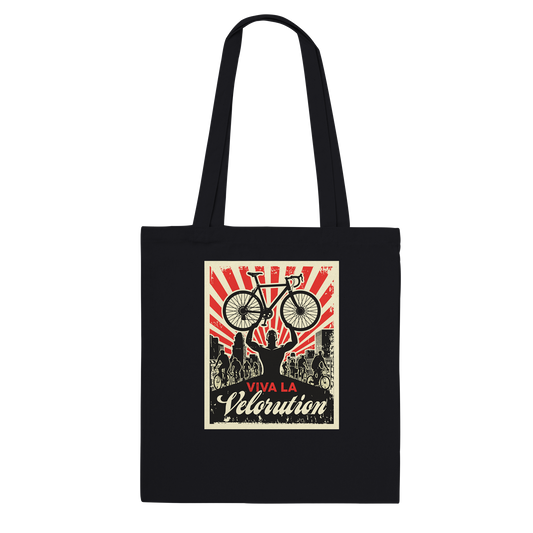Understanding the mechanics of a bicycle can sometimes seem daunting, and finding clear-cut information that's easy to follow can be challenging.
However, it doesn't have to be complicated. This guide will simply explain 21-speed bike gears, covering what makes a bike 21-speed, how to differentiate it, and how to use one effectively.
What is a 21-Speed Bike?
A 21-speed bike has three chainrings (the round components the chain runs along) at the front and seven gears on the cassette (the spiky round component at the rear wheel with different-sized cogs).
This combination results in 21 possible gear combinations (3 x 7 = 21). These bikes are typically hybrid or off-road, designed to navigate steep inclines and varied terrains comfortably.

21-Speed Bike Gears Explained
Having 21 speeds might seem overwhelming, but it offers a broad range of options to ensure a comfortable ride regardless of the terrain. Here’s how to make sense of these gears:
Front Chainrings: The three chainrings at the front provide the primary range of gears. The smallest chainring is for steep inclines, the middle for moderate terrains, and the largest for flat terrains and downhill riding.
Rear Cassette: The seven gears on the cassette at the back fine-tune your pedaling effort. Larger cogs make pedaling easier (useful for hills), while smaller cogs make pedaling harder but allow for higher speeds (ideal for flat terrains and downhill).
What Gears to Use on a 21-Speed Bike?
Choosing the right gear on a 21-speed bike depends on the terrain:
Flat Terrain: Use the largest chainring at the front and smaller cogs at the back for maximum speed.
Gradual Inclines: Shift to the middle chainring and middle cogs on the cassette for a balanced effort.
Steep Inclines: Use the smallest chainring and the largest cogs at the back to make pedaling easier.
Always adjust the gears before encountering changes in terrain to maintain momentum and avoid strain on the bike's components.

How to Ride a 21-Speed Bike
Here are some practical tips for riding a 21-speed bike:
Pre-emptive Shifting: Shift gears before reaching a hill or a flat stretch to maintain a smooth ride. For instance, shift to an easier gear before starting a climb.
Smooth Shifting: Pedal lightly while shifting to prevent wear on the gear system.
Starting and Stopping: When approaching a stop, shift to a middle gear to make starting again easier. Avoid being in the highest gear when you need to start from a stop.
18 vs. 21 vs. 27 Gear Bikes
Understanding the differences between 18, 21, and 27-gear bikes can help you choose the right one for your needs:
18-Gear Bikes: These can have two chainrings at the front with nine cogs on the rear cassette or three chainrings with six cogs. They are typically lighter and suited for road bikes or urban hybrids.
21-Gear Bikes: These have three chainrings and seven cogs, providing a broad range for varied terrains, making them ideal for off-road and hybrid bikes.
27-Gear Bikes: These feature three chainrings and nine cogs on the cassette, offering the widest range of gears for the most versatility. They are suitable for mountain bikes and challenging terrain.

Choose Based on Your Needs
Choosing the right bike gear depends on your riding needs. An 18-gear bike is great for lighter, more straightforward rides, while a 21-gear bike offers versatility for hybrid and off-road use.
A 27-gear bike provides the most options for tackling diverse and demanding terrains. Understanding how to use the gears effectively allows you to enjoy a more comfortable and efficient riding experience.
By grasping the basics of 21-speed bike gears, you can confidently tackle various terrains and enjoy a smoother, more efficient ride.
Whether you’re commuting, exploring off-road trails, or simply enjoying a leisurely ride, knowing how to use your bike's gears will enhance your cycling experience.
ALSO READ THIS: 7-Speed Bike Gears Explained (in Simple Terms)









